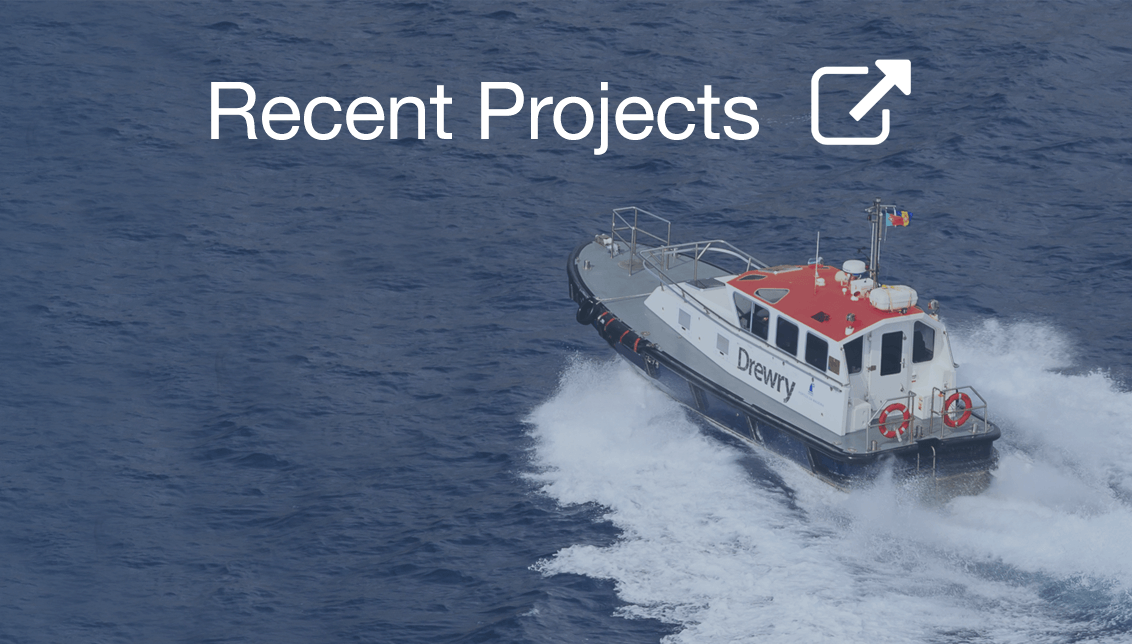Browse Products by Sector
Container ShippingContainer Equipment Assets
Ports and Terminals
Dry Bulk Shipping
Tanker Shipping
Gas Shipping
Specialised Shipping
Multimodal Transport
Logistics Management
Ship Operations and Management
Other popular areas
Browse subscriptions by Sector
Container ShippingPorts and Terminals
Dry Bulk Shipping
LPG Shipping
LNG Shipping
Crude Tanker Shipping
Product Tanker Shipping
Financial Advisory
Valuations
Drewry Financial Research Services Ltd is authorised by the UK Financial Conduct Authority (FCA).
To bid or not to bid?
In the jungle of ever-increasing ocean freight rates, equipment shortages and space limitations, shippers/Beneficial Cargo Owners (BCOs) are wondering whether they should go out to tender their ocean freight rates. Drewry reviews the alternatives.
The ocean transport market is the most under-supplied it has been for 30 years. Many shippers are unable to ship their cargoes under previous contract terms and are repeatedly forced to go to the spot market to find capacity.
Under normal circumstances, procurement and logistics executives would conclude that now is not the time to go to bid, and that ocean contracts now provide limited value and insufficient protection to shippers.
But these are not normal circumstances in the global transport world.
In Drewry’s recent experience, securing new ocean contracts with providers avoids even more expensive spot rates and at least provides some form of volume commitment for the duration of new agreements. New contracts are better than the alternative – shipping under spot rates and having no contractual service commitments or ongoing service from your providers.
The alternative of extending your contracts at the previous rates is also not realistic in the current market.
If, as a shipper, you are still paying your agreed rates from last year (unlikely and probably only if you are within your original allocation), then these rates will soon expire and you will need new rates and new contracts.
As we all know, spot rates have soared and most are still on an upward trend. So you’d want to avoid having to use these if at all possible.
Note that contracts with an ocean carrier to move freight in or out of USA requires filing with the Federal Maritime Commission, so there has to be un underlying contract and a filing of amendments. So, in effect, there is no choice in the USA market if you reach agreement with a direct ocean carrier. It is then very important to negotiate both the large and the small print, and to check that there is sufficient protection for your organisation and that the terms and conditions are “as agreed”.
Drewry has recently helped a number of shipper customers with their bids, alleviating the pressure on their people - allowing them to focus on the day-to-day issue resolution of moving freight and bringing to them our experience of this year’s changes. Make sure that your bid strategy and bid process take into account changes in carrier behaviour and the new complications caused by the market upheaval (see below).
The ocean carriers’ current business philosophy favours BCO rather than Non-Vessel Owning Common Carriers (NVOs), so there are some relative opportunities for BCOs in this year’s market.
This year, large global BCOs (50,000 teu+) can still manage to cut across the “trade lane mentality” of ocean carriers by dealing at a higher level and thus gaining valuable space commitments by aggregating and leveraging in order to secure better terms than their smaller “rivals” for space.
It is also vital to maintain headquarters-level discussion during these negotiations, in Drewry’s experience.
Some small shippers are struggling to get traction on renewing their contract rates and are forced onto the spot market. In some cases, Drewry has advised small shipper customers to postpone their tender until the market stabilises and to accept expensive spot rates as the only viable option for a limited period.
Drewry benchmarking and market intelligence has been well received and proven invaluable to creating understanding with key stakeholders about what is going on in the market: why, all of a sudden, freight spend is reaching unrivalled heights? Why, even at those prices, inventory is not always moving in time?
Getting your cargo shipped is not an easy task at the moment; there is a lot of pressure on existing resources within BCOs who are spending most of their time firefighting and re-booking.
Running the bid administration is also harder this year. Allocations take more time than usual, but these are getting finalised.
All things considered, going to bid to secure annual rates (higher than last year, lower than spot rates) and some partial commitments from carriers (less advantageous than last year, better than spot terms) is the right strategy in the current difficult transport market.
Related Information
Related Content
Key Contacts
Container Industry Statistics
World Container Index
East-West composite ($/40ft)Bunker Prices
Rotterdam ($/tonne)Global Port Throughput
Jan 2019 = 100
Idle Capacity
('000 teu)© Copyright 2024 | Drewry Shipping Consultants Limited. All Rights Reserved. Website Terms of Use | Privacy Policy





